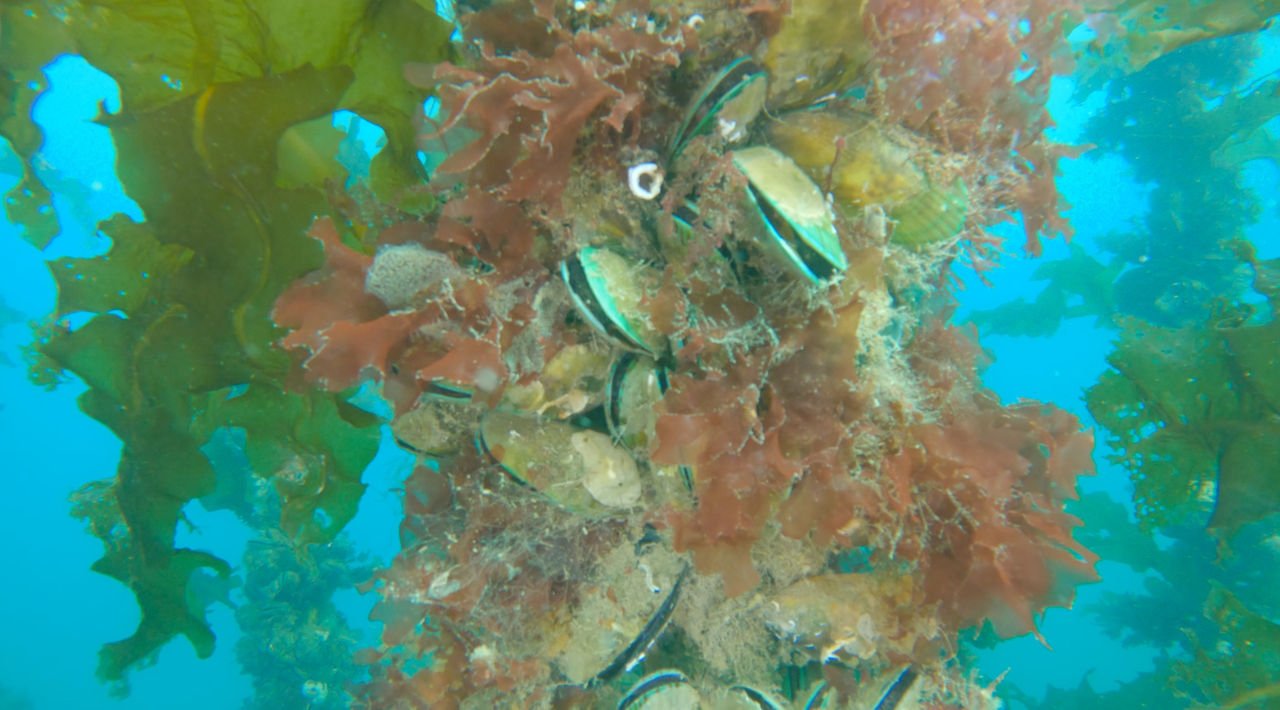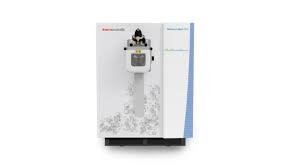Thursday, 13 November 2025
AI-Driven underwater tech set to boost NZ mussel industry by $80Mn
The research aligns with the New Zealand Government’s Aquaculture Strategy, which aims to build a $3 billion industry by 2035, including a $1 billion goal for the Greenshell mussel sector…

The research aligns with the New Zealand Government’s Aquaculture Strategy, which aims to build a $3 billion industry by 2035, including a $1 billion goal for the Greenshell mussel sector
World-leading research from the University of Canterbury (UC) | Te Whare Wānanga o Waitaha is set to revolutionise New Zealand’s aquaculture sector, with potential benefits of up to NZ$80 million annually for the mussel industry alone.
A team led by Professor Richard Green, from UC’s Computer Science and Software Engineering department, has developed advanced artificial intelligence systems that enable autonomous underwater vehicles (AUVs) to navigate close to moving surfaces. These AUVs can capture high-quality images, collect samples, and reconstruct detailed 3D models of marine species, even in turbulent underwater environments.
This cutting-edge technology holds the promise of dramatically improving efficiencies in farming shellfish, ocean-caged salmon, and seaweed, while also enhancing biosecurity efforts, such as inspecting wharf pylons for invasive species more frequently and cost-effectively.
“We’re leading the world in this,” said Professor Green. “To grow our aquaculture sector, this type of innovation is essential. By increasing automation, we can scale up production sustainably and affordably, not only for New Zealand but potentially to improve food security worldwide.”
The research aligns with the New Zealand Government’s Aquaculture Strategy, which aims to build a $3 billion industry by 2035, including a $1 billion goal for the Greenshell mussel sector. Professor Green emphasised that innovation and technological advancement are critical to meeting these targets.
The AUV technology is the result of over a decade of research and development. It solves a longstanding industry challenge—collecting precise data and imagery of aquatic life in dynamic, fast-moving ocean currents. Now, with the ability to generate accurate 3D visuals and detect pests or diseases in real time, the system offers a transformative tool for monitoring and managing marine environments.
As the technology continues to develop, its global applications could be significant in advancing sustainable aquaculture and enhancing food production worldwide.
Technology
Tetra Pak opens Product Development Centre in France
Nov 13, 2025 | Company News
MENU ORDER AI to launch app aimed at GLP-1 users and health-conscious diners
Nov 10, 2025 | Company News
Harnessing Quantum AI for Greener Minds and Healthier Futures
Nov 10, 2025 | Interaction
Food Testing
Intertek acquires Costa Rican testing business Suplilab
Nov 07, 2025 | Company News
Thermo Fisher Scientific launches Orbitrap mass detector for food safety testing
Oct 24, 2025 | Company News
ADM advances quality capabilities with opening of new Central Milling Laboratory
Oct 16, 2025 | Company News
More Popular
Syren Spreads launches spoonable adaptogenic beauty chocolate
Nov 13, 2025 | Company News
Gunpowder Irish Gin expands with new Italian Fig & Laurel Expression
Nov 13, 2025 | Beverages
8 winter foods that transform your skin by healing your gut first
Nov 13, 2025 | Beverages






